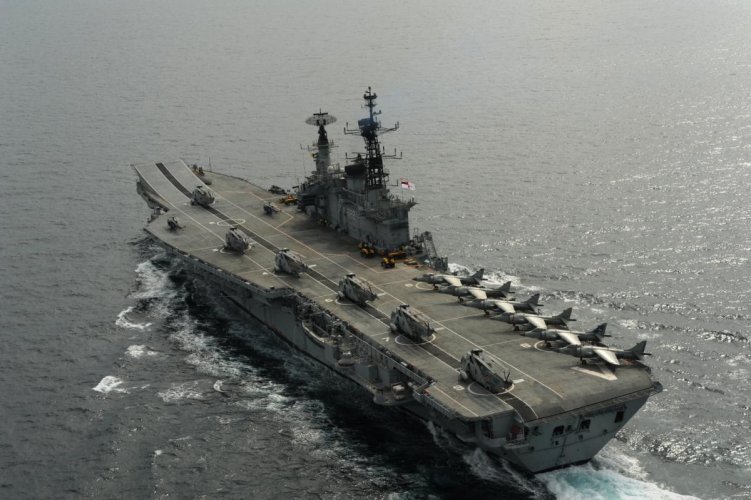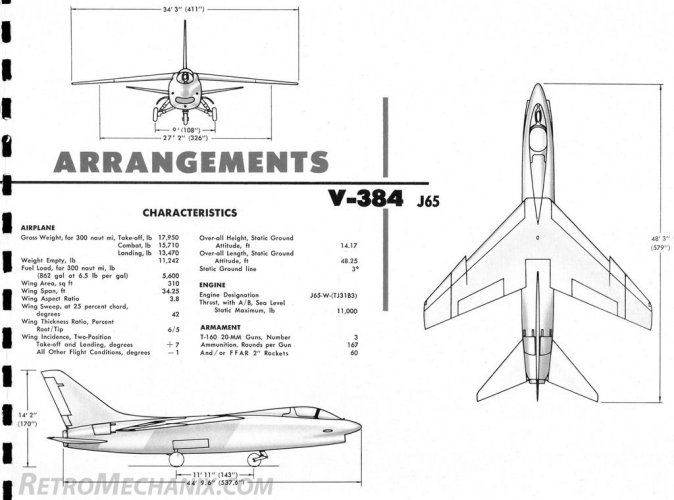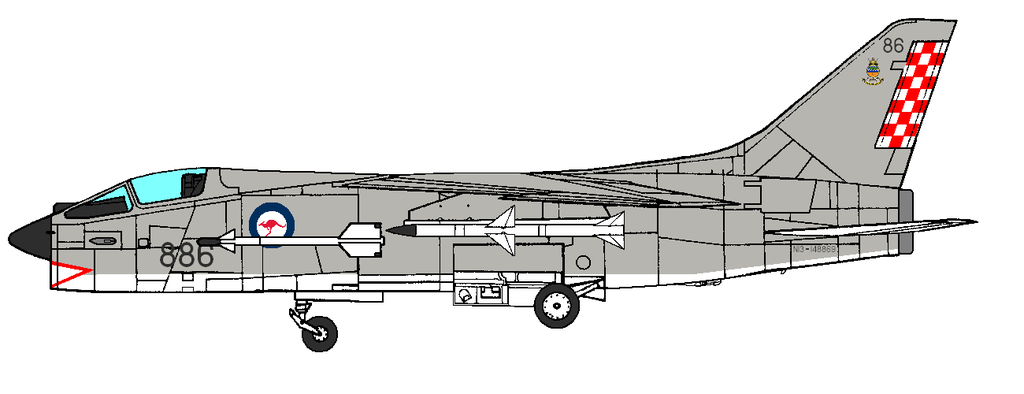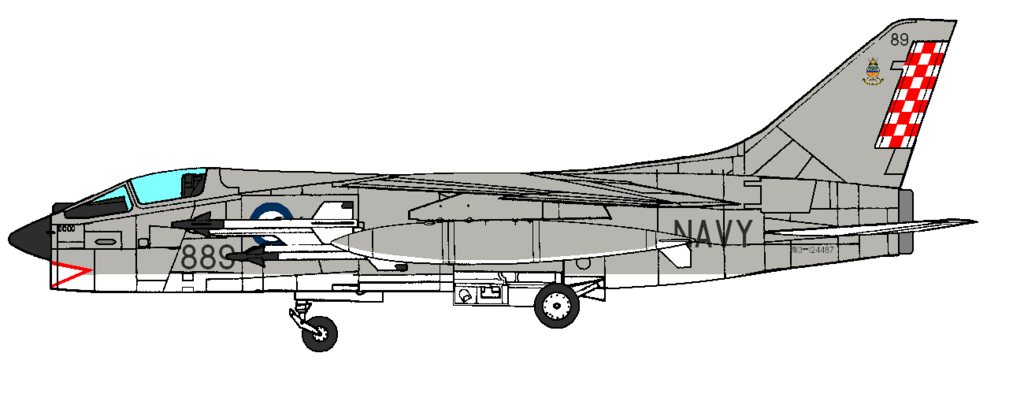Virtually no carriers outside the USN, RN to 1978 and MN to 1987 have had that capability, yet navies keep building them. The Melbourne had a SEATO role and participated in FESR exercises regularly so the RAN, RN and USN saw a use for it.
I also think the Indonesian bomber threat is vastly overstated. The supersonic Kh22 and Kh26 were not exported, only the subsonic KSR-2 was, and it didn't cripple Israel when Egypt used it in 1973. I think in the early days of a shooting war there would be a bomber vs bomber campaign, RAAF F111s would try to destroy the Indonesian Tu16s and Tu22s and vice versa and personally I think the F111s would get the better of this campaign.
The Melbourne would primarily be conducting sea control missions, performing valuable work blockading Indonesia and ensuring any ships that ventured any distance out to sea would be attacked. I'm sure that once the Indonesian bomber force was atrittioned a bit the Melbourne would sneak in for a strike but slugging it out with bombers USN style is not its role.
In any case the RAN had the Melbourne in service and the ADF had no alternative to its capability so it's not as if they're going to scrap it in 1968 or anything.
Interesting points for reflection
Rule of cool!
I've begun thinking that HMAS
Melbourne was somewhat like the F-111, in that the Australian government(s) were contemptuous of both platforms throughouttheir service lives. Reluctantly wanting to give either platforms the time or money to keep them cutting edge and always alluding to phase them out or simply justify their remaining in service.....
I wonder if consecutive Australian governments continued to give HMAS
Melbourne grace, because of the notion of Australia needing to be part of geopolitical organisations like SEATO? To be inclusive, if you like.
The fact is, consecutive governments literally dragged the chain when the reality was either you replaced her, explicitly knowing and appreciating her limits/obsolescence or you put her out of her and RAN's misery.
I can't help reflect on the Indian Navy's initiative to see reality and bite the bullet, when deciding - ok, there is no realistic state-of-the-art, supersonic carrier-based fighter on the market or in the pipework, so let's be realistic and aquire a good and practical fighter/fighter-bomber which can give marginal, but realistic offensive and defence capabilities to their INS
Vikrant (
Majestic-class) carrier.....later add a 9.75 degree ski jump...... Alas this was sometime past the timeline of this threads scenario, but I thinknthe point I'm trying to make is that with the positive support and commitment of a government(s), HMAS
Melbourne could have been utilised far more effectively....
Regards
Pioneer







